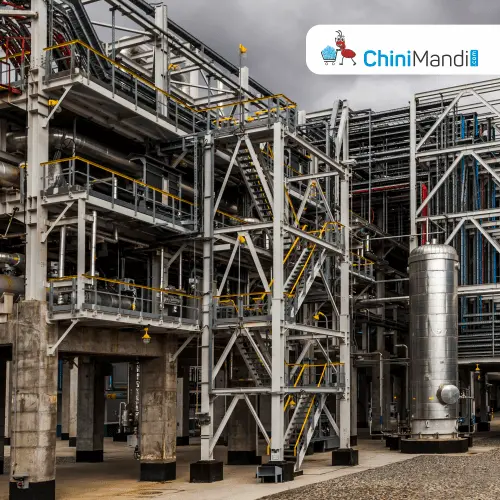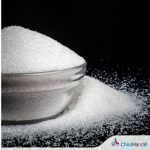Lerato Mashigo, the market development manager at South African stainless steel mill Columbus Stainless, underscores the effectiveness of stainless steel in addressing wear-related challenges prevalent in the sugar industry’s corrosive processing conditions, reported Engineering news.
Stainless steel’s exceptional corrosion resistance, along with the economic advantages identified through life-cycle costing, underscores its suitability for the industry, according to Mashigo.
Life-cycle costing, a financial evaluation tool, assesses the total cost of ownership across an asset’s lifespan, encompassing acquisition, operation, maintenance, and disposal expenses. Despite stainless steel’s higher initial cost, its durability and minimal maintenance needs often translate into lower overall expenses over time, validating its cost efficiency, Mashigo asserts.
In sugar production, the presence of uncleaned sugar cane introduces sand and stone, exacerbating wet abrasion and corrosion challenges. Traditional mild steel equipment, prone to abrasion, frequently necessitates replacement and repair, inflating maintenance costs.
In contrast, 3CR12 stainless steel demonstrates superior wet sliding and corrosion resistance, prolonging equipment lifespan and enhancing material flow. This translates into cost-effective performance, particularly when compared with other grades.
The utilisation of 3CR12 grade in various sugar industry applications, including cane handling and bagasse processing, yields significant benefits. These encompass lower initial installation costs due to reduced wall-thickness requirements, a notable increase in equipment longevity, and reduced maintenance and downtime, affirming its value in the industry since the 1980s, as highlighted by Mashigo.
The development of utility ferritic grade 3CR12 stainless steel by Columbus Stainless in the 1970s has garnered global recognition in the sector, offering an economical alternative for structural applications. With attributes such as durability, versatility, and reliable welding capabilities for thick sections, 3CR12 bridges the gap between carbon steels and higher-end stainless steels, asserts Mashigo.
As the industry grapples with corrosion challenges, stainless steel remains pivotal in achieving operational efficiency and sustainability. Unlike carbon steel prone to rust, stainless steel’s chromium content reacts with oxygen, forming a protective chromium oxide layer, shielding the metal from further corrosion.
Furthermore, stainless steel contributes to environmental sustainability through its recyclability, reducing the need for raw material extraction, energy consumption, and environmental impact associated with new steel production. Mashigo highlights that in the sugar industry, the prolonged service life of stainless steel components reduces waste, thereby lessening the environmental footprint.
Columbus Stainless, operating an integrated facility, has played a pivotal role in advancing stainless steel production and application, emphasising innovation and customer support, Mashigo concludes.












